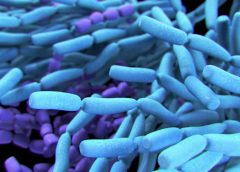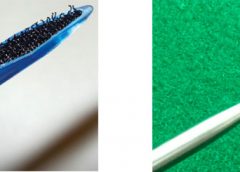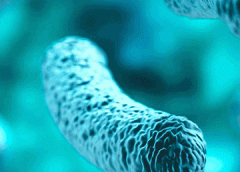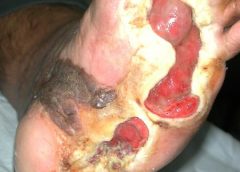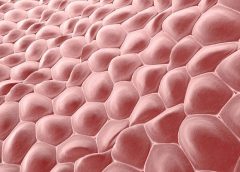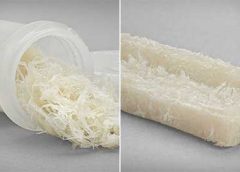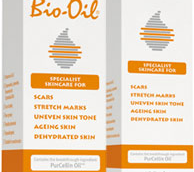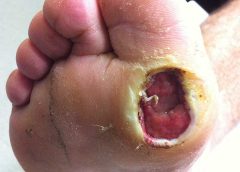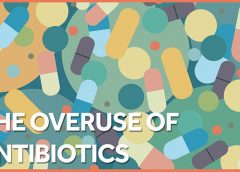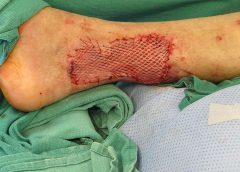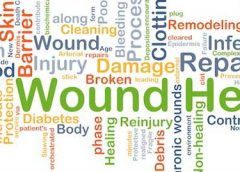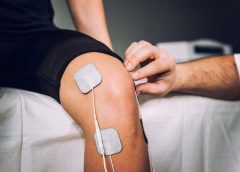The microbiome is known to play a major role in gut health, but what about our skin? Billions of bacteria reside there, and the probiotic types may hold great potential to prevent infections during wound healing.
Our skin provides a natural barrier to the environment. This is crucial for our health, as skin protects us from invasive pathogens such as bacteria and viruses. (more…)
Read More
